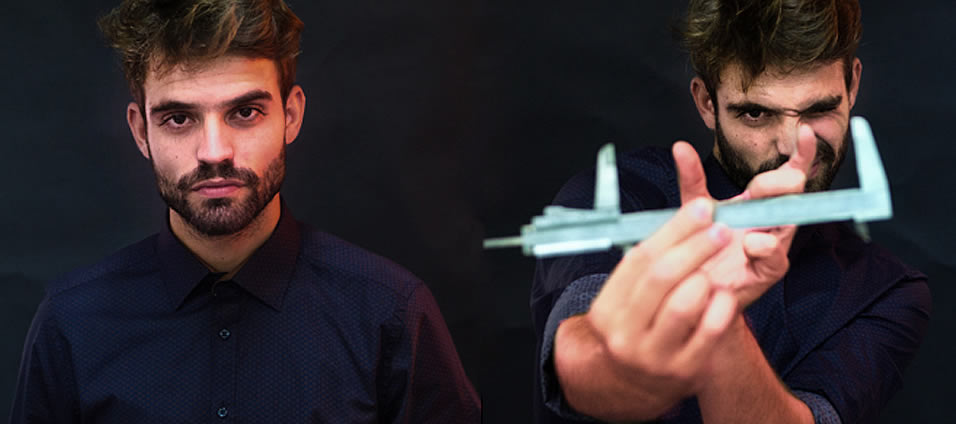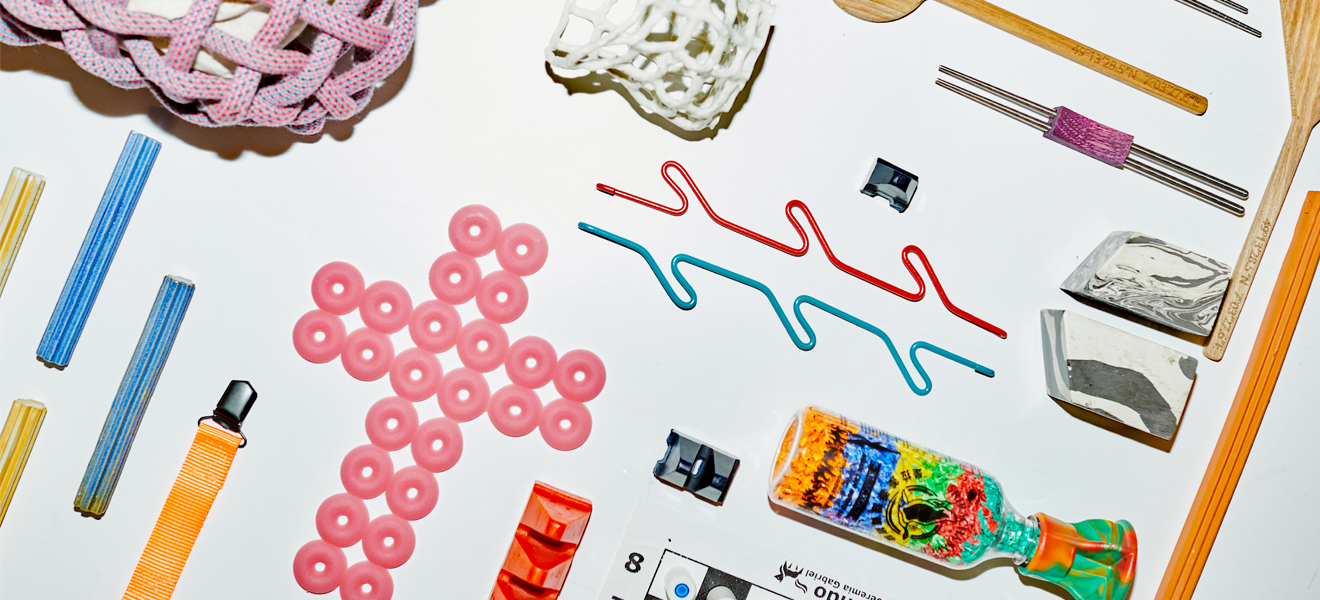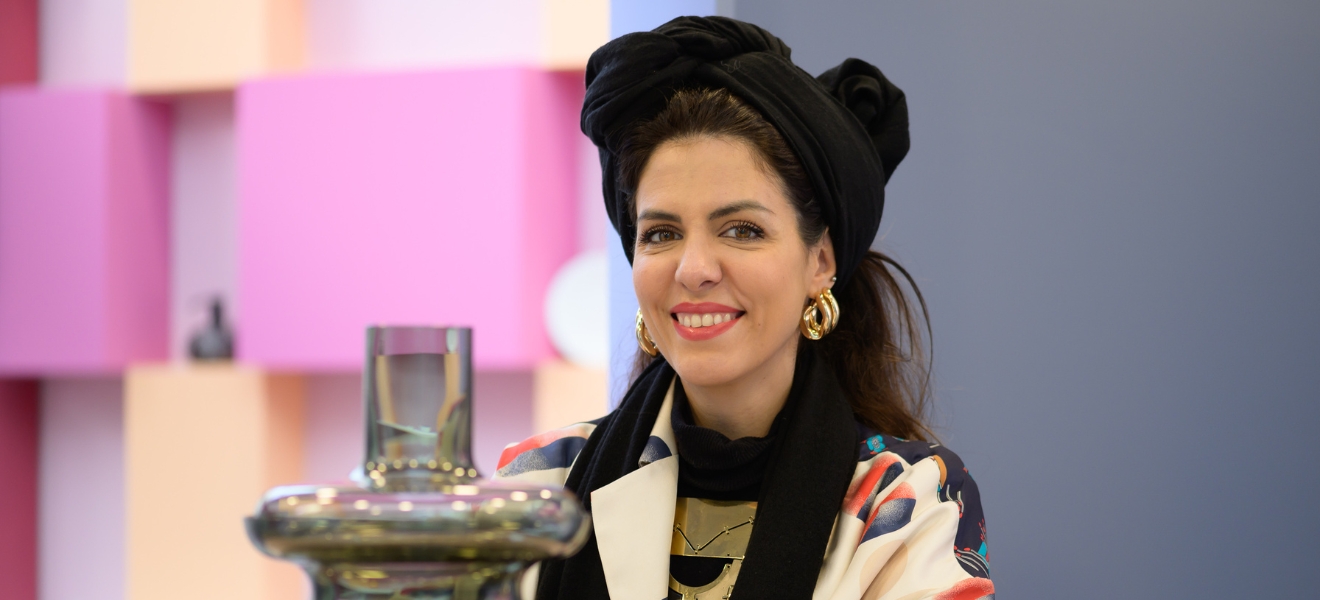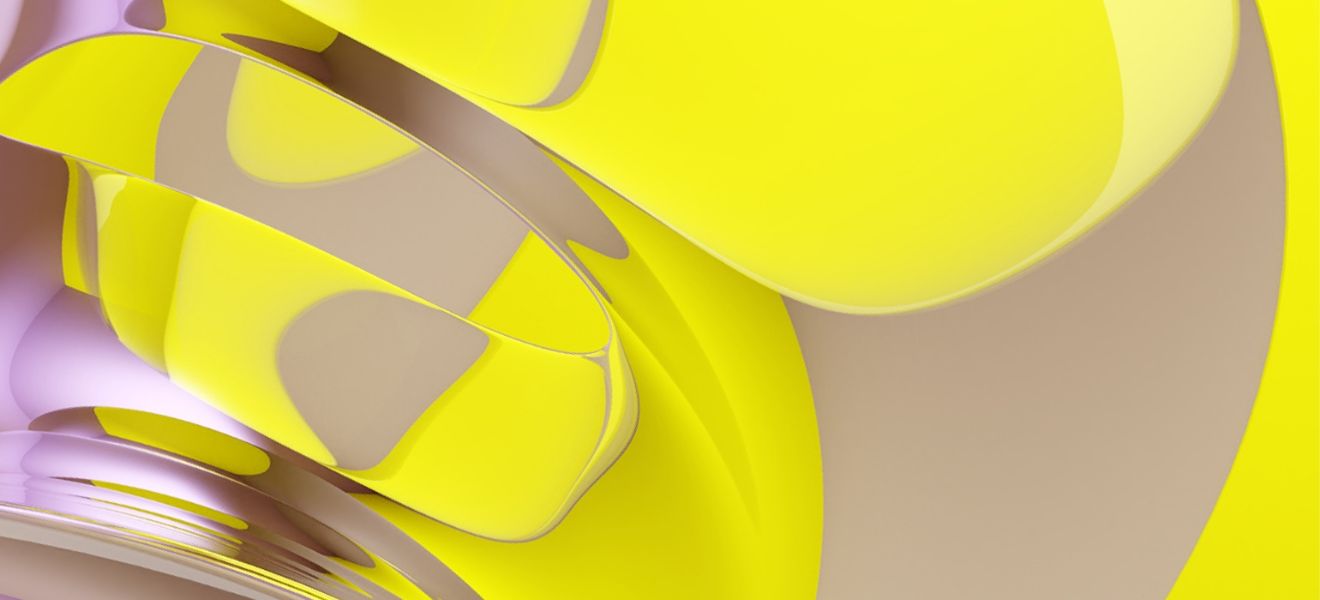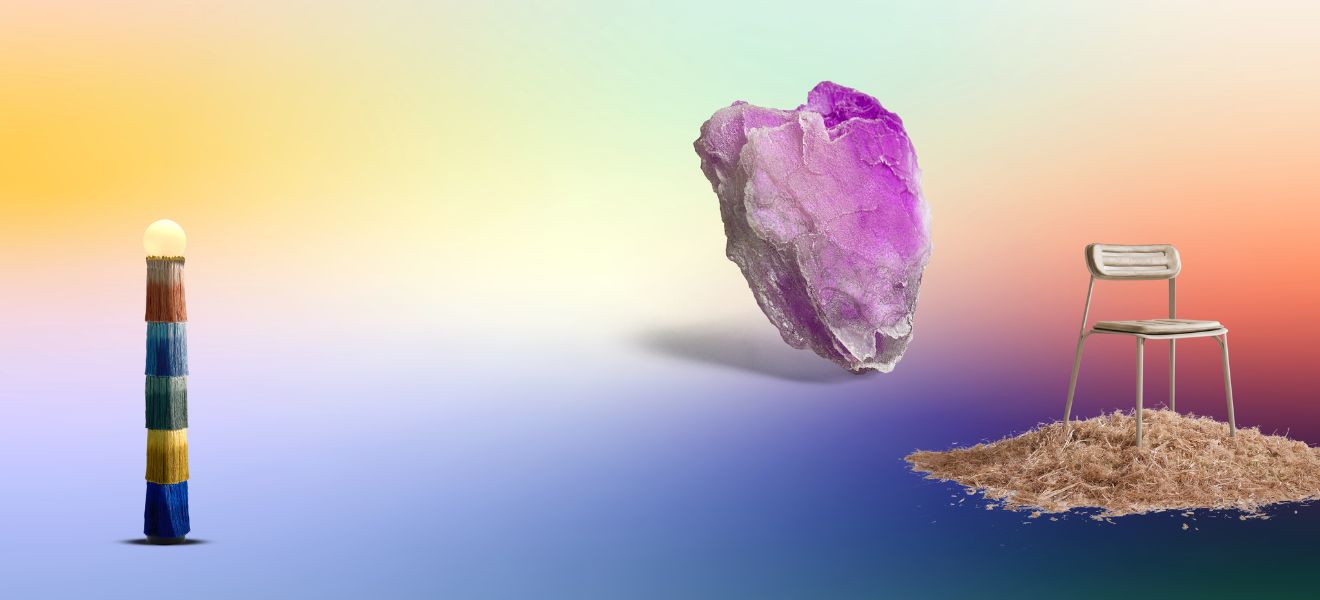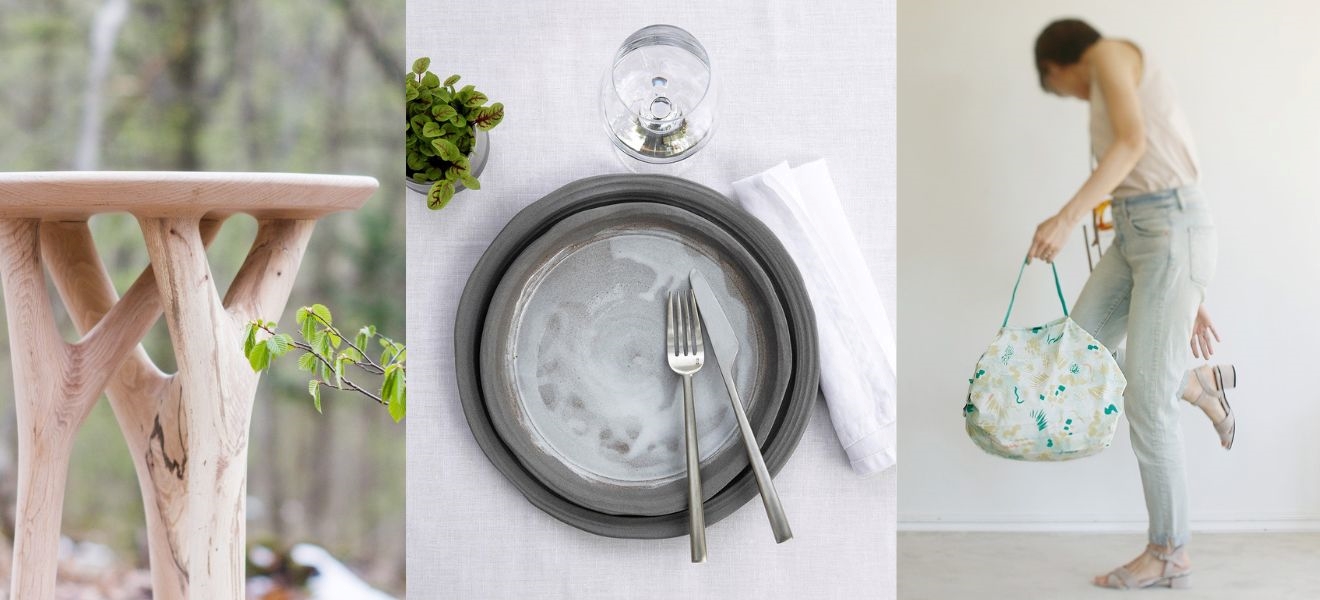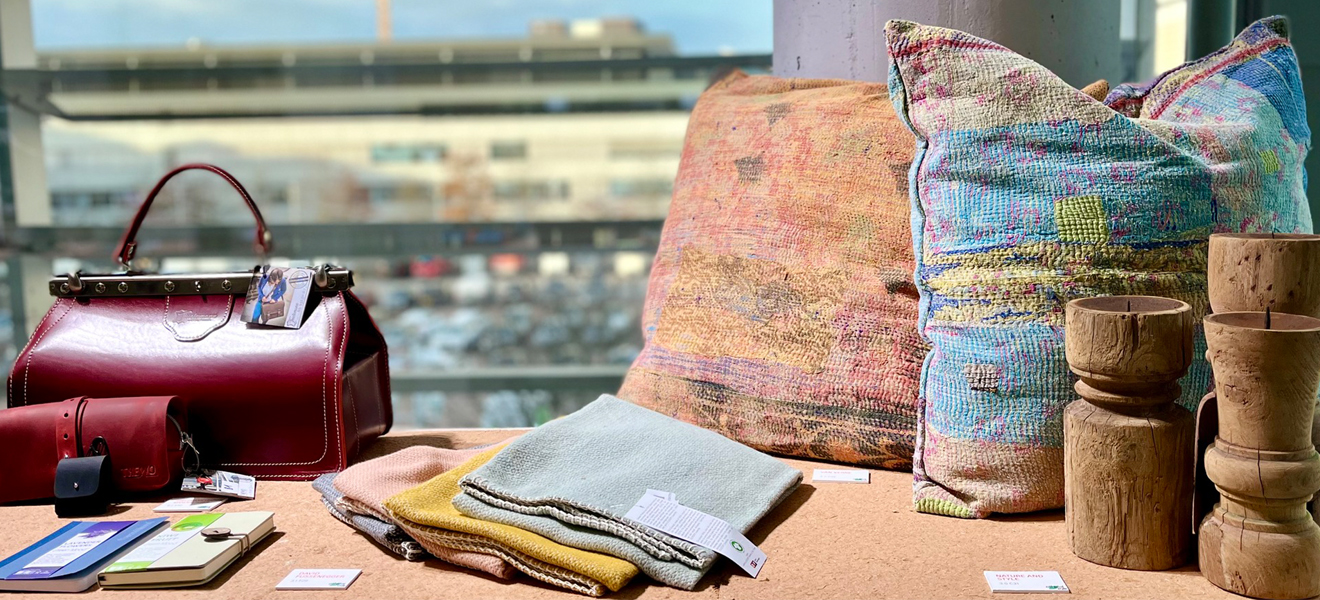His portfolio includes fashion, interior design, jewellery and other everyday objects. Carlos Alves Ludovico does not want to be defined by a particular design focus. He looks for the fascination behind shapes, colours and materials and wants to stimulate the intellect with his creations. He constantly crosses the boundaries of the ordinary. At #TalentsTuesday he explains how his unconventional designs are created.
Carlos Alves Ludovico studied at the University of Évora in Portugal and at the renowned ArtEZ Art College in the Netherlands. He is currently on the hunt for creative and intellectual input in Helsinki. “I like to investigate the cultural characteristics of the places where I work,” explains the young Portuguese designer. “For example, in my experience the weather plays a role in how people behave and develop, which in turn affects the styles and designs of the particular location. For my coming projects I am looking for the Scandinavian design DNA.” However, he is going to take a break from his search to take part in Ambiente. “Not entirely, though,” he says. After all, the fair is not just an industry forum, it’s also an intercultural get-together of the creative sector. “I shall be keeping my eyes open in Frankfurt for anything that inspires and motivates me. And I’m excited about the people behind the projects.”
However, he is going to take a break from his search to take part in Ambiente. “Not entirely, though,” he says. After all, the fair is not just an industry forum, it’s also an intercultural get-together of the creative sector. “I shall be keeping my eyes open in Frankfurt for anything that inspires and motivates me. And I’m excited about the people behind the projects.”
As a child, Carlos Alves Ludovico developed a keen eye for shapes, colours, functions and details. He viewed his environment as a playground in which he felt a fascination for the everyday objects that today inform the projects of his Ludovico Design Studio. “I love exploring the innermost essence of things and developing objects that radiate an inner energy.”
The Portuguese designer works in an extremely unorthodox way when he has been commissioned to design and develop specific products. “I don’t do a lot of research. It’s often very difficult to create something unique,” says Carlos Alves Ludovico. “My main aim is to transform an object into an intellectual stimulus by working intensively on form and function. I therefore develop as many prototypes as possible. Ultimately, the final definition results from a sort of mistake.”
For Carlos Alves Ludovico form and function derive from the concept. “The solution to a problem can be realised in practice through design. That is the task.” But that’s not all. Ludovico completes the description of his approach with the following requirement in terms of design: “I also use it as a tool for the intellect. Design has an influence on its environment. You can employ it to inspire individuals to think and reflect.” The best example of this definition of design as a quasi-educational tool is Ludovico’s design of a white porcelain object in the form of a cake that aims to motivate people to think about healthy eating. “The cherry on top” is the name he has chosen for his creation. “Many health problems go back to an incorrect diet,” explains Carlos Alves Ludovico who himself suffers from diabetes. “The colours of the fruits act as an eye-catcher on the snow-white metaphorical cake. They characterise the healthy choices that we should make for ourselves. The height of the cake slices represent the amount of carbohydrates in the individual fruits – the higher the slice, the greater the amount of carbohydrates.” Here the design has a visual appeal as well as a useful message. Symbolism with a practical purpose.
The best example of this definition of design as a quasi-educational tool is Ludovico’s design of a white porcelain object in the form of a cake that aims to motivate people to think about healthy eating. “The cherry on top” is the name he has chosen for his creation. “Many health problems go back to an incorrect diet,” explains Carlos Alves Ludovico who himself suffers from diabetes. “The colours of the fruits act as an eye-catcher on the snow-white metaphorical cake. They characterise the healthy choices that we should make for ourselves. The height of the cake slices represent the amount of carbohydrates in the individual fruits – the higher the slice, the greater the amount of carbohydrates.” Here the design has a visual appeal as well as a useful message. Symbolism with a practical purpose.
